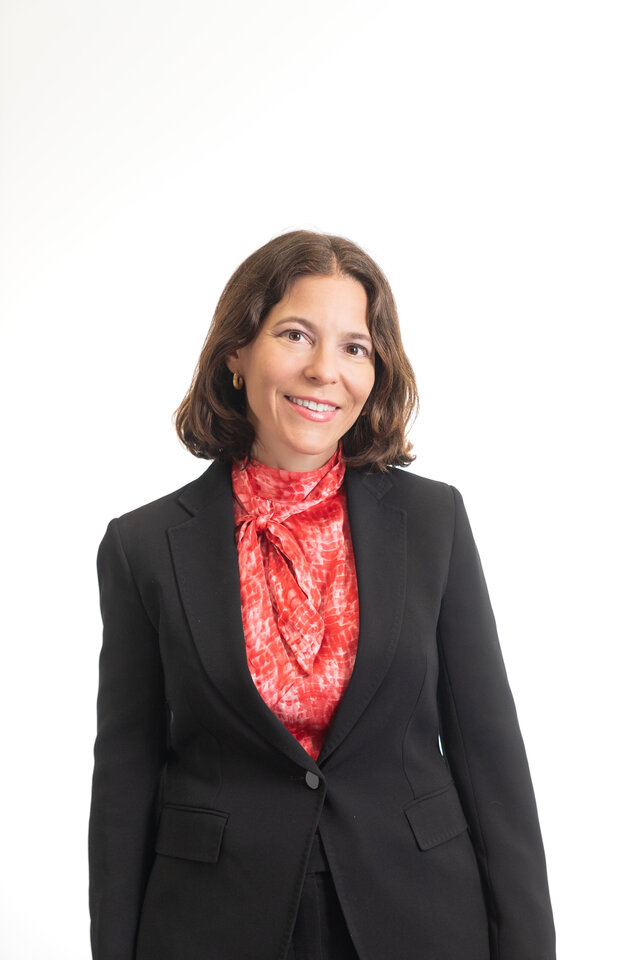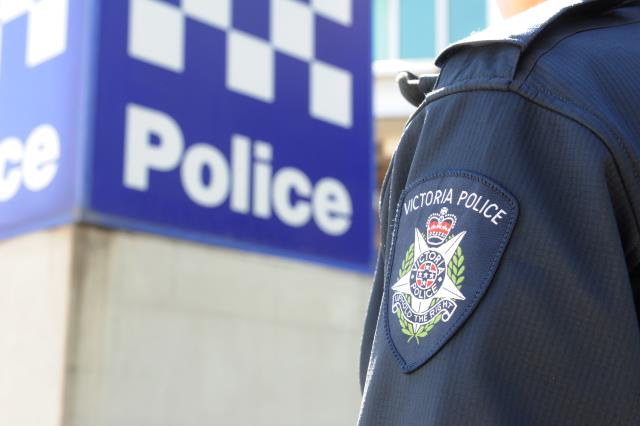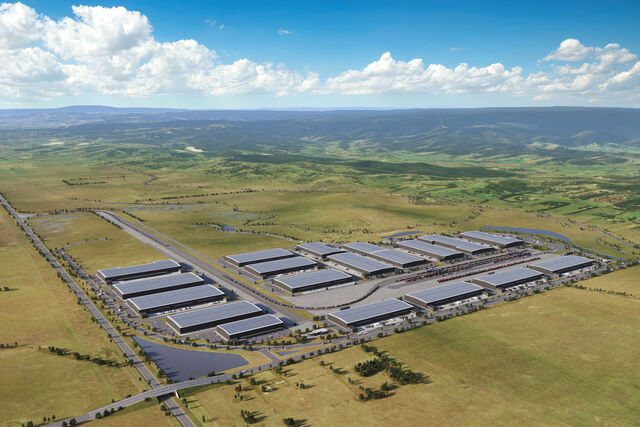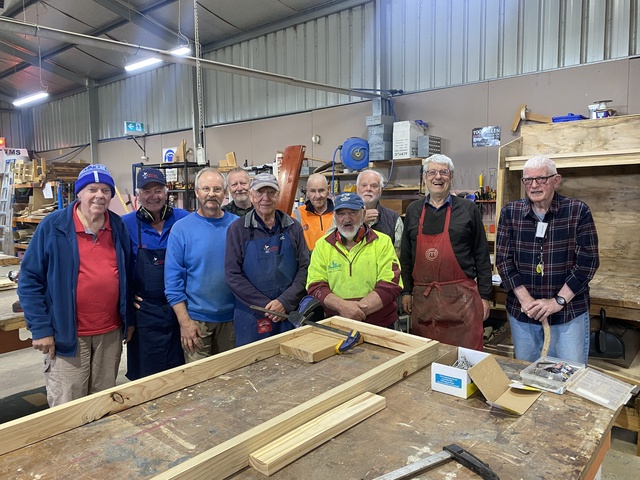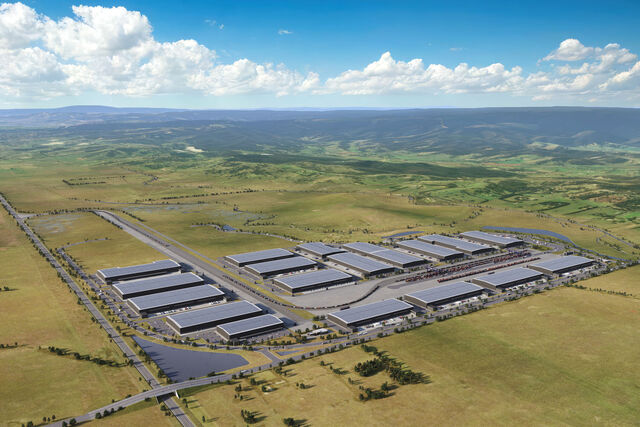Australia’s rapidly ageing population will have many and varied impacts in the coming years and an increase in cases of osteoporosis is set to be among them.
A condition where bones become weak and brittle and break more easily, osteoporosis can occur at any age, but the risk increases dramatically as people get older, meaning Australia and other western countries with ageing populations and low birth rates, are just going to have to deal with it.
And for women, the odds stacked against them are even heavier, with osteoporosis both more common and occurring earlier than in men.
According to the World Health Organisation, osteoporosis affects approximately 6.3 per cent of men over the age of 50, but more than 21 per cent of women over the same age range.
The International Osteoporosis Foundation estimates one in three women over 50 will experience bone fractures related to the condition, compared to one in five men.
As for the why there was such a discrepancy, Alfred Health endocrinologist, Dr Shoshana Sztal-Mazerat, said it was the same reason behind many of the different health outcomes between men and women: hormones.
“Oestrogen, which is a hormone women have before menopause, is protective of bones and during menopause we lose that oestrogen production from the ovary, so we lose that protection that goes with it,” explained Dr Sztal-Mazerat, who is in charge of Alfred Health’s osteoporosis and bone research service.
She said women experience a rapid decline in their bone density soon after their final period, and that this decline continues for a number of years.
“Every women who goes the menopause without taking any hormone therapy will have this rapid decline,” said Dr Sztal-Mazerat, adding that men experience the same thing, just at a lower rate and from a later start.
Regardless of gender, she said reduced bone density led to increased risk of suffering a fragility fracture, a tell-tale sign of osteoporosis.
“A fragility fracture is where you break your bone from minimal or no trauma, usually defined as a fall from standing height or less and that’s because our skeleton is designed to sustain that amount of impact naturally and if it can’t, then it breaks.”
Unfortunately, fragility fractures are just about the only visible symptom of osteoporosis, meaning diagnosis usually comes after the condition is well advanced.
And not only do they happen more easily, but the consequences of fragility fractures can be far more dire than normal bone breaks.
“It’s a big problem because it impacts people’s quality of life and even increases the possibility of death,” said Dr Sztal-Mazerat who noted that hip fractures were particularly problematic.
“Usually people have a cascade of fractures leading to a hip fracture. One fracture increases the risk of another.”
The upside is that while osteoporosis is hard to detect, it is easy to treat, with medication, physiotherapy and strength or resistance training known to noticeably improve outcomes.
“You need to go against gravity,” said Dr Sztal-Mazerat of the types of exercises that are effective, nominating skipping and jumping as activities that can help rather than just pumping iron.
“Putting weight on the bones stimulates the bones to grow strong because they think they need to carry that sort of a load,” she said.
As for preventative measures, Dr Sztal-Mazerat said having a diet with plenty of calcium and protein was a good start, while those with coeliac disease and other inflammatory bowel conditions were more susceptible.
Dr Sztal-Mazerat urged those who suspect they have osteoporosis, and especially those who have suffered fragility fractures, to see their GP.
Those wanting to know more about osteoporosis and bone health, both in women and men, can also visit: https://www.knowyourbones.org.au/

